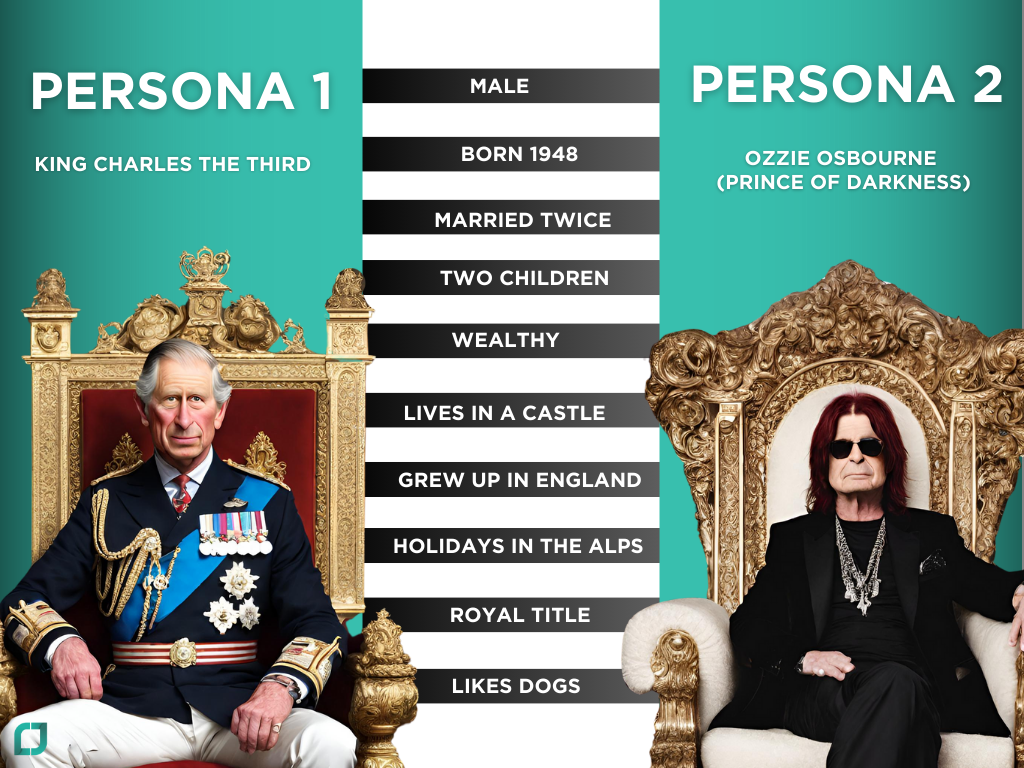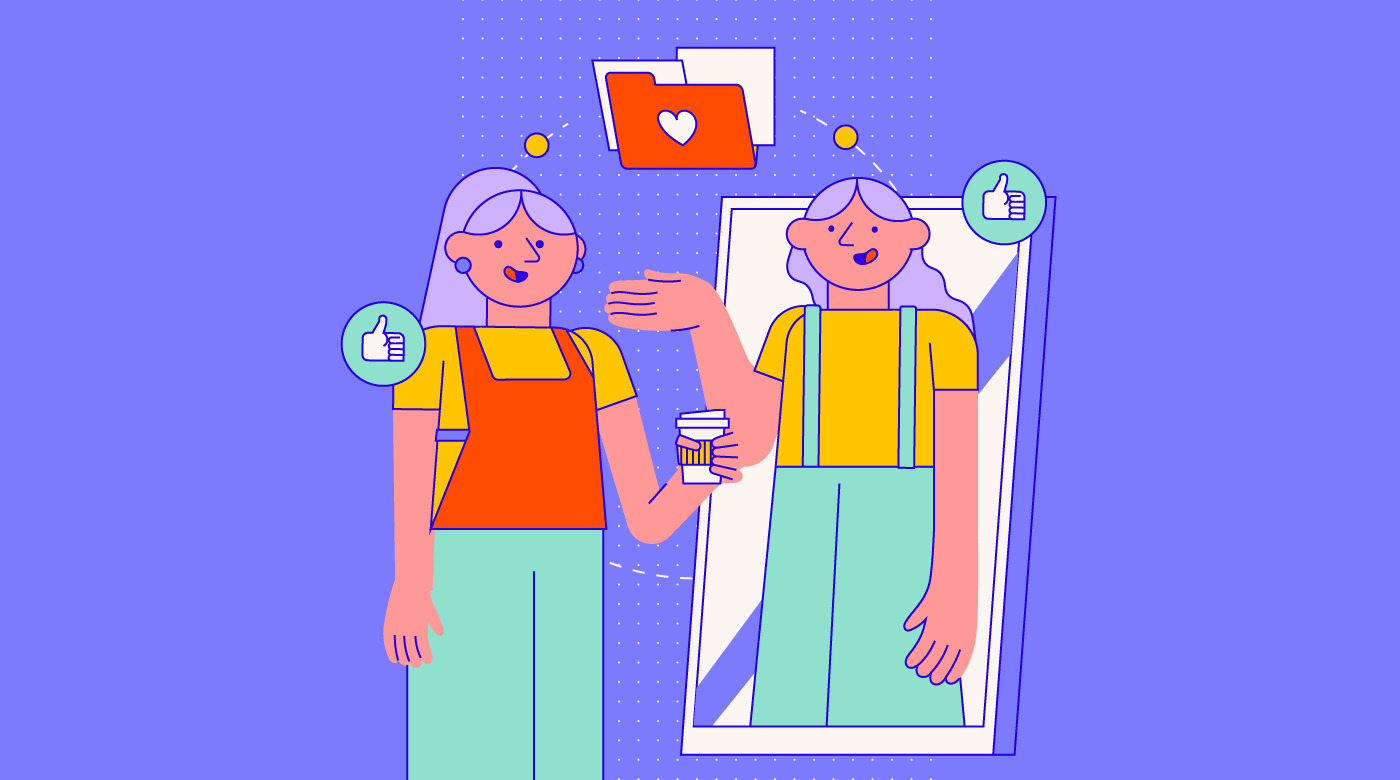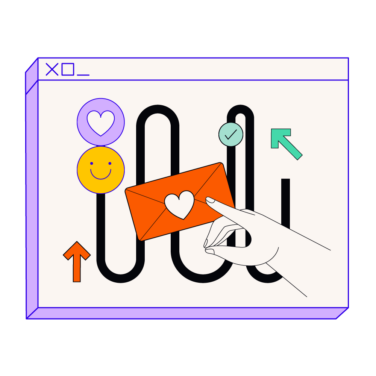You might have a twin that you don’t know about! The resemblance is uncanny! They act like you; they even like what you like. However, there’s a reason you don’t recall seeing them on your 23andMe ancestry report. They don’t exactly share your physical DNA.
Your digital twin does, however, share your same preferences. They’ve bought all the things you’ve bought, and contacted customer service for the same reasons as you. Most importantly, when they’re happy with a customer experience, so are you.
What Exactly is a Digital Twin?
A digital twin is a data model that represents a customer and their preferences. It’s based on all of a consumer’s past purchases, service inquiries and interactions with a company and its products.
Digital twins have been around for a while, but used more in a product context, like cloning a product and then using the twin for research and development. Or making enhancements and then testing before releasing them to the public.
Today, with the advancements of AI and analytics, we customer experience professionals can start using Digital Twins of Customers (DToC) to help our organizations provide better, more personalized experiences, and even anticipate future consumer behavior and preferences.

How Do Companies Make Digital Twins?
The concept of digital twins is still quite fresh, and we were curious about this, too. According to Pathmonk.com– one of the many sites we found on our way down the rabbit hole– data to compile digital twins comes from a variety of sources, including your:
- Purchase history and product preferences
- Social media engagement
- Interactions with customer service representatives
- Websites you visit and other online activities
And these are just a few possible sources. Actual sources will vary depending on industry, and also by whatever tech is in place to handle customer interactions. Many customer service platforms, for example, are already collecting some of this data.
Once the data is collected, companies use a combination of advanced analytics, machine learning, and AI algorithms to develop a dynamic, digital likeness of you. Thus, your digital twin is born – more like generated!
How is a Digital Twin Different from a Customer Persona?
In a time when it’s becoming increasingly hard to determine what is real and what is deep faked, you can understand any trepidation towards companies creating DToCs. The last thing we want (or companies attempting this for that matter) is for our DtoC to end up on TikTok.
To reiterate on an earlier point, it is all about the intent. Digital twins are meant to help organizations design better customer experiences. Sound familiar? Some of you may be thinking, is this not just a fancy digital persona? To date, organizations have relied on personas when designing customer and employee experiences, however, there are some limitations and risks to personas, too.

When we got talking about personas, we inevitably ended up recalling some great memes and ads - namely the meme with Prince Charles (now King Charles) and Ozzie Osbourne, and this esurance ad with Walter White (sorta Greg).
So why is a DToC better than a persona? Well, for starters, you can’t quiz and test with a persona. A persona doesn’t talk back. However, if a digital twin were to be fed into chatbot, you could ask it questions and get responses.
Now this is where we started to get excited. Imagine being able to evoke and foster emotions without risking damaging a customer relationship, or as we digressed into the topic, imagine being able to workshop a tough conversation with your partner before getting into the real deal.
Instead of taking high level concepts of a customer persona, and trying to guess what they might want, you could use a DToC and make something highly personalized with finely tuned messaging.
And as you built out more and more DToCs, you could create a DToC audience, maybe even have them interact with each other to see if needs changed as a group.
The Ethical Use of Digital Twins
As Winston Churchill popularized in 1906 (and Uncle Ben in Spiderman), "Where there is great power there is great responsibility.” A digital twin may sound invasive and problematic: and it could be, especially if executed irresponsibly!
Customer Experience professionals have a duty to operate with integrity, transparency, and with customer consent. We must pursue ethical value creation otherwise we could be on the hook for serious legal action.
Not that this should be the reason to act ethically, of course. As CX professionals we should use DToCs not just to ethical standards but instead reach beyond rules and laws and define a new benchmark for ethics. We don’t want our organization to come off as “creepy”… ahem… stop eavesdropping, smart devices.
Ethical DToC Use Is All About Intent
We believe the first step before beginning any DToC initiative is to carefully examine intent. What are we looking to learn from these Digital Twins? To proactively mitigate risks, we must start with the end use in mind. We must avoid using these models for any function outside of what they were designed for to avoid unintended uses and consequences.
So, where is the digital ethical line? Let’s look at a couple examples of what ethical and unethical uses of a DToC can look like:
Clearly Good: Using DToCs to provide customers with personalized recommendations based on past behavior and preferences.
Clearly Bad: Price discrimination - Using DTOC to identify customers who are willing to pay more for a product or service and charging them a higher price.
Data Quality is Key with DToCs
Next, we must consider the quality of the data used to inform this DToC model. When Spotify released both of our 2023 Wrapped, it revealed that Taylor Swift was in our top 5 artists. Don’t get us wrong, she’s a talented artist, but we both agreed she is simply not our speed. So, how could T-Swizzle end up in our top artist list last year when we haven’t listened to her? The answer is simple – contaminated data (otherwise known as kids and wives). Thanks to our beloved family members using our accounts, we had a video message from Taytay when we unwrapped our Wrapped.
There are many considerations when representing humans based on data. Among them, we must ask:
- Is the source data biased or skewed?
- Is it clear and focused?
- Does it come from a reliable source that’s free from contamination?
- Is the data pulled out of context?
We must be conscious of how, and where, we collect the source data and understand the risks of extrapolating beyond what’s observed. Establishing solid data integrity practices is a must when relying on this data to represent real, complex humans. This is especially vital when decisions are informed by these models that could impact people.
When executed properly, we can acquire quality data from customers who are willing to provide it freely. When we understand the risks, biases, and caveats, everyone wins. Organizations gain a tool that can help them differentiate through improved, personalized customer experiences at scale that drive emotional connection, loyalty, and improve the bottom line. Customers win because organizations can deliver products and services that more precisely satisfies their wants and needs, and with an experience that exceeds expectations.
However, we agreed that the use of any data is not unlike any relationship. For a relationship to thrive, there must be a transfer of information.
“The more we share with another person, the deeper the relationship becomes. It’s the same with our relationships with brands we do business with. It should be up to each party to decide how deep they want that relationship to be.”
If someone is looking for mere acquaintances, that’s their choice – but they can’t expect a “we really get you” kind of experience. For those looking for real connection - and highly personalized experiences, however, we must let each other in.
The Business Value of Digital Twins
We got talking about this and what causes poor customer experiences and friction.
Missed expectations, messages lost in translation, and even our own inability as customers to make decision or articulate what we want.
If a company had your digital twin, they would know you so well that these things would not be problems. It would be like the company was an old friend, you would be on the same page. When you interacted, you would just jive, there would be no pressure or expectations. And like an old friend that you may not see all the time, when you caught up, you would be able to just pick up where you left off. It would be natural, no quid pro quo like most customer/organization relationships.
A digital twin could give a company an as close to true outside in perspective of their customer.
But at what cost? Well as they say, ‘you can’t have your cake and eat it too’. You would need to provide, and allow the data to be used, which could have an interesting impact on CSAT scores. So much so, that there might be a case for a “with and without DToC” CSAT because those who may choose not to share data with a company would only be able to get a generic service.
The Wrap Up
The DToC space will be one to watch in 2024 as we see AI become commonplace in business. Big data will be better operationalized through AI engines at a far more granular level.
With these advancements, there will be great opportunities for organizations to leverage tools like DToCs to achieve hyper-personalization of products and experiences alike. To avoid legal risk, prevent the violation of privacy, and ultimately earn trust, organizations will have to hold themselves to the highest standards - truly respecting the relationships they build with their customers.


